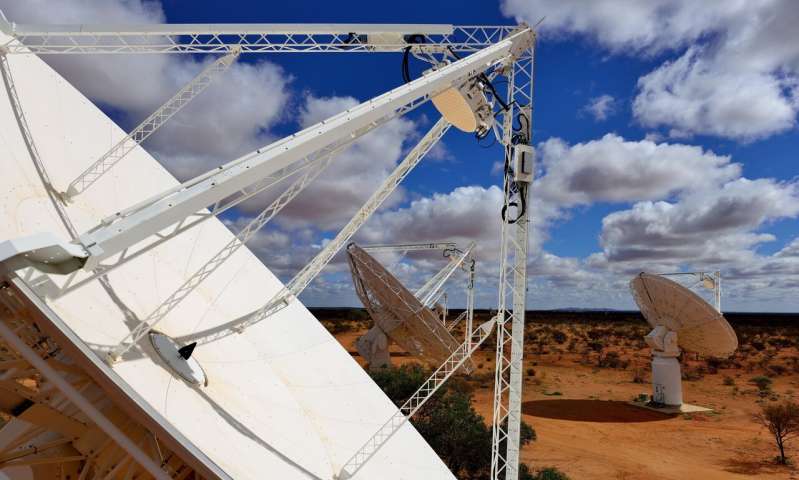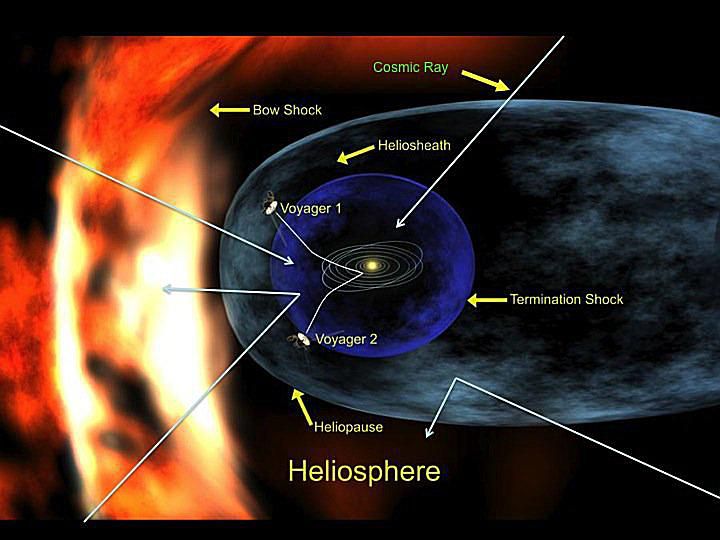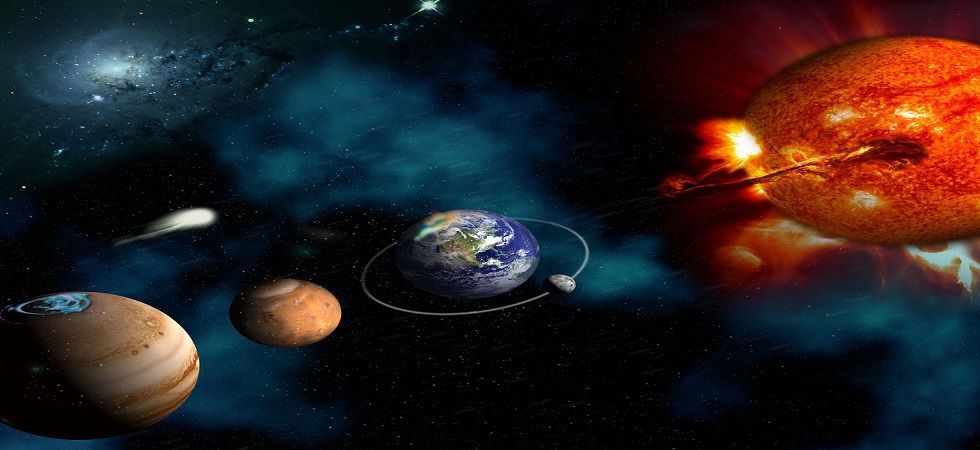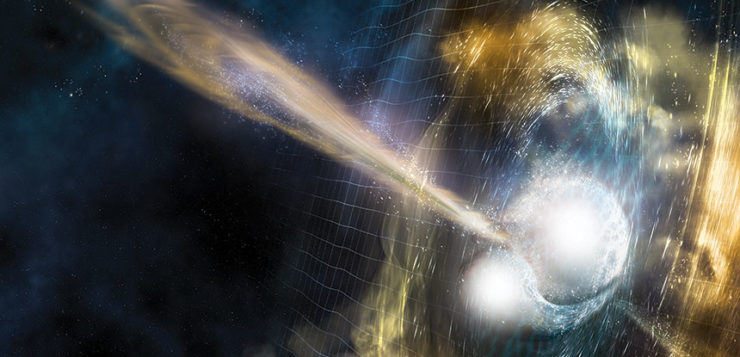Our scientists are celebrating the groundbreaking astronomical discovery. On Thursday, they have announced that they could pave the way for mapping the outer reaches of the universe.
They have pinpointed it to a massive galaxy billions of light years away, with properties that upend what scientists previously thought they knew about the formation of mysterious fast radio bursts (FRBs).
“This result is highly anticipated within the astronomy community,” Casey Law, an astronomer at UC Berkeley who was not involved in the study told AFP.

The findings, published in the journal Science, are among the most significant since the discovery in 2007 of FRBs, which flash for only a micro-instant but can emit as much energy in a millisecond as the Sun does in 10,000 years.
Exactly what creates these high-energy surges of long waves at the far end of the electromagnetic spectrum remains the subject of intense debate, though scientists now agree they originate in faraway galaxies.
Since the first FRB was detected a little over a decade ago, a global hunt has found 85 bursts. Most have been “one-offs” but a small fraction has been “repeaters” that recur at the same spot in the sky.
Live Replay
In 2017, astronomers were able to trace the source of a repeating burst, but locating a one-off FRB presented a much more difficult challenge.

Without the benefit of knowing where to look, a team led by Keith Bannister of the Commonwealth Scientific and Industrial Research Organisation (CSIRO) had to devise a new methodology.
“You can think of it as live action replay mode, where we have a computer that’s actually looking for the FRB, so it looked through about a billion measurements every second and I tried to find the one that contains an FRB,” Bannister told AFP.
Bannister and his team pinpointed the location of FRB 180924 about 3.6 billion light-years from Earth.
The discovery was detected on CSIRO’s Australian Square Kilometre Array Pathfinder (ASKAP) radio telescope in Western Australia. ASKAP has 36 dish antennas, with the burst reaching each one at a slightly different time, allowing the scientists to calculate its origin.
In a world first, an Australian-led international team of astronomers has determined the precise location of a powerful one-off burst of cosmic radio waves. The discovery was made with CSIRO’s new Australian Square Kilometre Array Pathfinder (ASKAP) radio telescope in Western Australia. Fast radio bursts last less than a millisecond, making it difficult to accurately determine where they have come from. CSIRO’s Dr Keith Bannister and his team developed new technology to freeze and save ASKAP data less than a second after a burst arrives at the telescope. This technology was used to pinpoint the location of FRB 180924 to its home galaxy (DES J214425.25?405400.81). The team made a high-resolution map showing that the burst originated in the outskirts of a Milky Way-sized galaxy about 3.6 billion light-years away. The galaxy from which the burst originated was then imaged by three of the world’s largest optical telescopes – Keck, Gemini South and the European Southern Observatory’s Very Large Telescope. The cause of fast radio bursts remains unknown but the ability to determine their exact location is a big leap towards solving this mystery. Credit: CSIRO/Sam Moorfield

“It’s like looking at the Earth from the Moon and not only knowing what house a person lived in but what chair they were sitting in at the dining room table,” Bannister said.
The team then imaged the galaxy with the European Southern Observatory’s Very Large Telescope in Chile and measured its distance with the Keck telescope in Hawaii and the Gemini South telescope in Chile.
While the previously localized FRB 121102 was found to emanate from a dwarf galaxy that was actively forming young stars, the new FRB comes from the outskirts of a massive galaxy with old stars, suggesting a completely different engine is responsible for its creation.
“The first localization inspired lots of modelling based on magnetars formed in the deaths of massive stars,” said Law, a model which predicted a number of properties confirmed in 121102
A magnetar is a highly-magnetized type of neutron star, which are formed by the gravitational collapse of a star not quite massive enough to produce a black hole when it explodes.
But the new location is incompatible with the old theory, suggesting there are multiple channels for forming FRBs.
“This might suggest that repeating and non-repeating FRBs come from completely different origins,” said Shriharsh Tendulkar, an astronomer at McGill University who was not involved in the work.
Weighing space
The new finding is also exciting for another reason: it could help astronomers probe what lies in the vast spaces between galaxies and bring us a step closer to resolving the “missing matter” problem.
Theoretical calculations have suggested there should be twice the number of atoms that can be seen in the stars, which led astronomers to theorize they must be contained in ionized gases in the vast spaces that separate galaxies.
Just as light splits into different colours as it passes through a prism, radio waves disperse as they encounter matter. In the case of FRBs, higher frequencies arrive first, and lower frequencies arrive later.

This creates a dispersion pattern, and the pattern observed from FRB 180924 matched what astronomers expected from the theory, meaning the intergalactic space does indeed contain the amount of ionized gas that was expected.
Moving forward, the team would like to localize thousands, if not tens of thousands of more FRBs and look at their dispersions, to generate a detailed map of the far reaches of space.
“It’s like making a CT scan of this cosmic web,” said co-author Ryan Shannon from Swinburne University.
On the missing matter problem, he said: “I think we’re on the way to sewing it up. With a few more localized bursts we will be able to nail it.”




